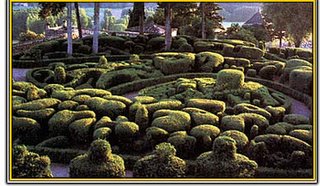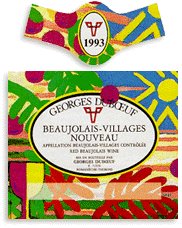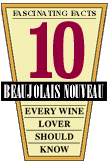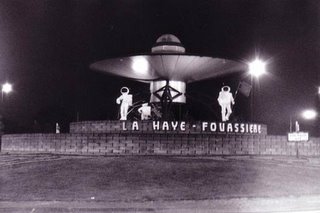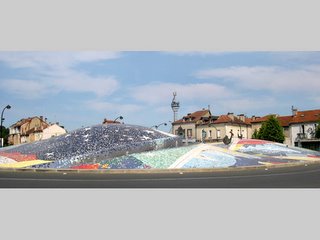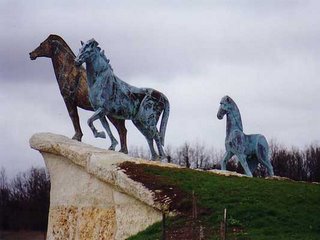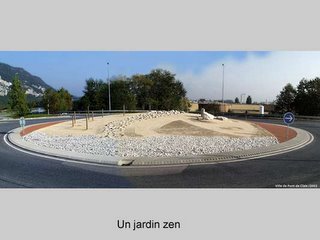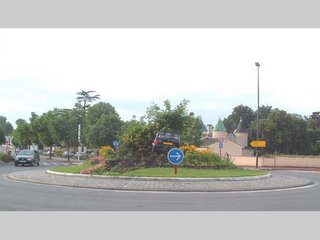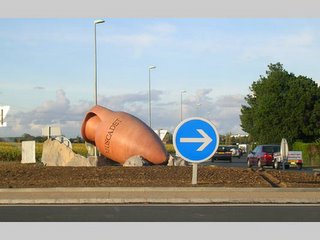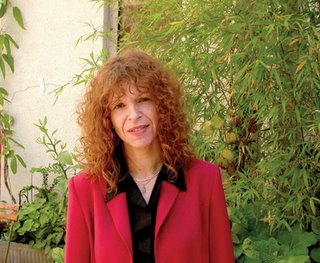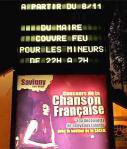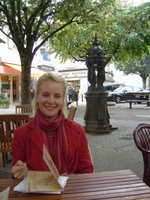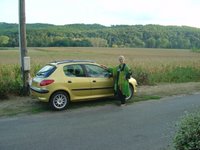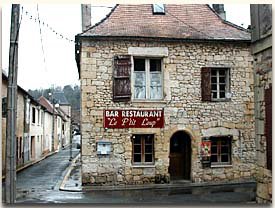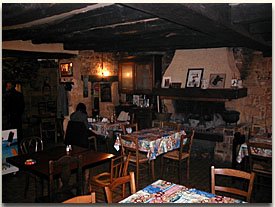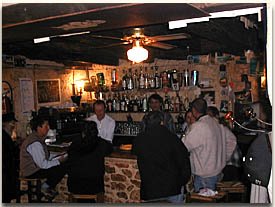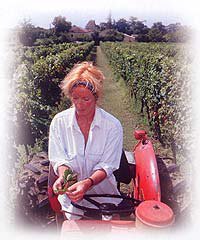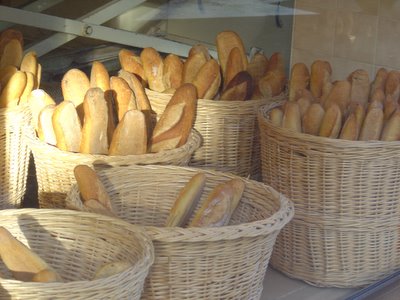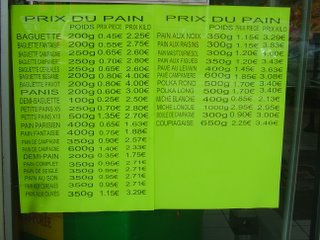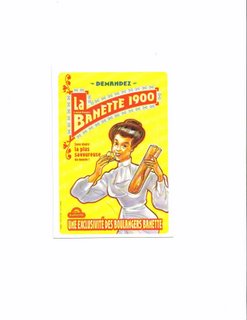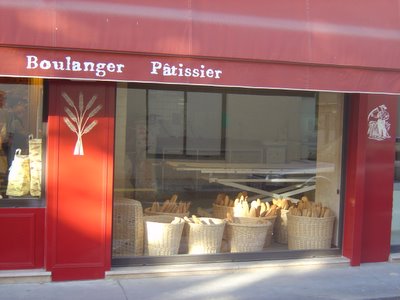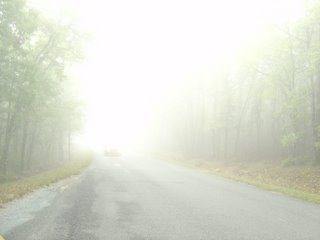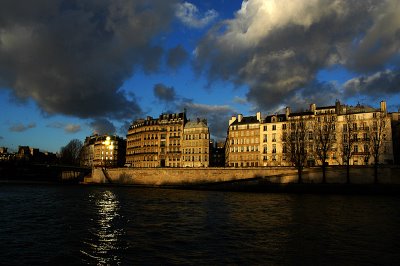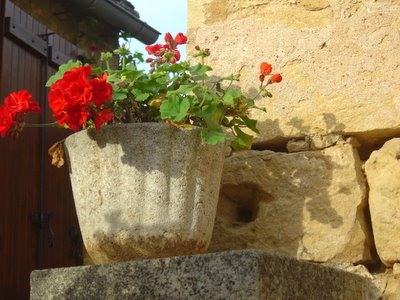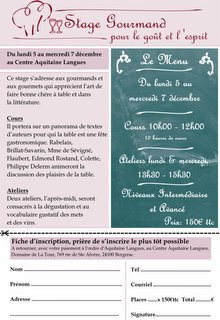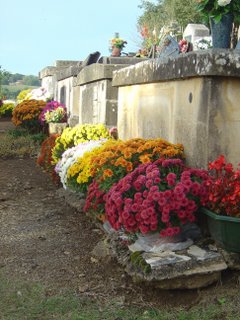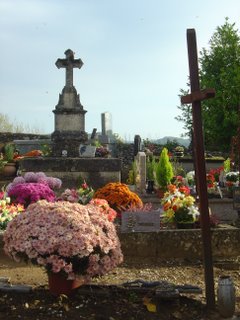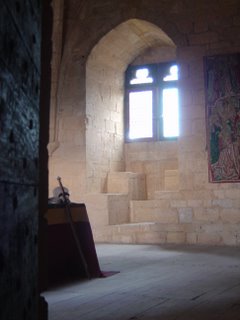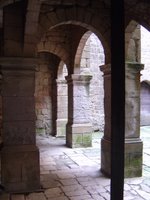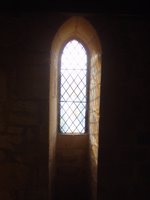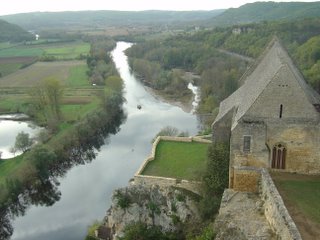 Until I started exploring this region, I believed that ‘use it once, then throw it away’ was one of those dubious inventions of the twentieth century.
Until I started exploring this region, I believed that ‘use it once, then throw it away’ was one of those dubious inventions of the twentieth century. Wrong. For hundreds of years, ending around 1930, the ‘gabariers’ of the Dordogne have been building boats about 18 metres long and 4 metres wide, taking them on a hairy six-day trip from the upper reaches of the river right down to Bordeaux - and then breaking them up and selling them for firewood. They used to build and throw away about three hundred gabares each year!
Once you know the whole story, it makes sense. On the upper reaches of the river, the villagers spent the winter as lumberjacks, felling oaks and chestnuts and floating the logs down to the navigable section below Bort-les-Orgues. There, they were split into planks, beams, staves for making wine casks - and skinny leftovers destined to become beanpoles or structures for training grape vines. The less valuable timber was shaped, steamed and fastened into crude flat-bottomed wooden freight carriers, the ‘gabares’. They were caulked with oakum or moss, so the crew spent a lot of time bailing water out of these leaky craft.
Smaller, longer-lived boats were also built in the Limousin region. The commonest of these were the ‘gabarot’ (8 to 12 metres long) used for carrying cattle and small freight, the ‘batelet’, a 5 to 7 metre fishing boat, and the ‘nau’, a ferry. (The hamlet called Nauzenac, once a centre for construction of gabares, gets its name from this).
The gabares of the Dordogne were steered with a long pole with a small vane fixed to the end. The hinge was simple: the pole was lashed to a peg sticking up from the timber knee which reinforced the pointed stern of the boat. They were rowed with two ‘palas’ (plain poles five or six metres long) and fended off the banks and riverside trees with a ‘haste’ which was sometimes used as a quant pole, Norfolk Broads-style. On slower rivers like the Loire, gabares carried a mast and a simple square sail.
To reduce the hazards caused by rocks and rapids, the gabariers waited until the waters showed 1.5 metres deep at the marker in Argentat port – which typically happened for about thirty days each year. As the time approached, the gabares were built, and each was loaded with fifteen to twenty tons of the produce of the Limousin and Auvergne regions – anything from cheeses to coal.
The gabariers were a noisy, cheerful gang, whose confidence in their skills made them seem wild and reckless to ordinary folk. In their six-day voyage they had to navigate no less than twenty-five dangerous sections known as ‘malpas’. For any of you who have been whitewater rafting,just think what it would be like steering a twenty-ton wooden lighter with nothing but a long pole lashed to a peg! Small wonder that the eighteenth century French Navy recruited them as pilots for reef-strewn coasts.
The gabares met their demise with the arrival of trains, road haulage and the construction of dams on the Dordogne, but you can now travel in powered imitations of these vessels through the calm, heavily-wooded upper reaches of the Dordogne. If you want to try it, contact ‘La Dordogne en Gabare’ at Marcillac-la-Croisille, a few kilometres east of Tulle. Their telephone number is (+33) 5.55.27.68.05, FAX is (+33) 55.27.68.05 and their web site at fromagerie albaret . They only operate during a short summer period when the waters in the dams are high.





